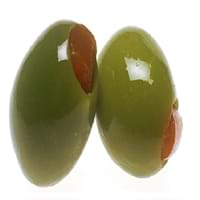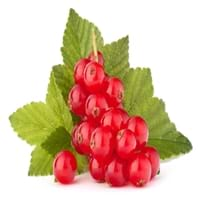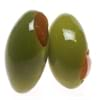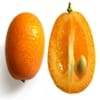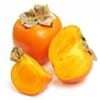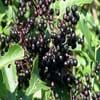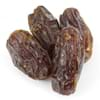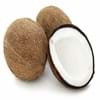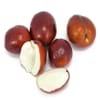Health Benefits
Cancer prevention, Helps in cartilage regeneration, Prevents macular degeneration, Treatment of alzheimer's disease
Cancer prevention, Gout treatment, Heart care, Regulation of heart rate, Treatment of rheumatism
General Benefits
Anti oxidant properties, Anti-inflammatory properties, Boosts immune system, Controls blood pressure, Digestive aid, Maintains healthy cholesterol level
Anti oxidant properties, Controls blood pressure, Cures fever, Digestive aid, Healing of wounds, Helps in weight loss, Strengthens bones
Skin Benefits
Hydrates skin, Skin rejuvenation, Treatment of skin diseases
Brightens and lightens complexion, Reduces wrinkles, Treatment of acne
Hair Benefits
Acts as moisturizer, Good conditioner, Regulates hair growth
Protects hair
Allergy Symptoms
NA
Abnormally rapid heart rate, Anaphylaxis, Breathing difficulty, Hives, Itching, Swallowing difficulties
Side Effects
Affects blood glucose levels, Dizziness, Stomach pain
Possibly unsafe during pregnancy
Best Time to Eat
Hardly eaten raw, Olive oil is consumed for many purposes.
Best if taken as a breakfast (or empty stomach), As a snack in the late afternoon, Don't eat after meal, Morning time (before lunch)
Vitamin B5 (Pantothenic Acid)
Vitamin C (Ascorbic Acid)
Vitamin K (Phyllochinone)
Calories in Fresh Fruit with Peel
Calories in Fresh Fruit without Peel
Not Available
Not Available
Calories in Frozen Form
Not Available
Not Available
Calories in Canned Form
Not Available
Season
Spring, Summer
Summer
Varieties
Manzanillo, Sevillano, Mission, Ascolano, Barouni, Gordal, Rubra and Picholine
Rovada, Stanza, Red Lake, Junifer and Jonkheer van Tets
Color
Black, Green, Purple, Yellow
Red
Origin
Eastern Mediterranean Region
Europe
Soil Type
Well-drained
Moist, Well-drained
Climatic Conditions
Warm to hot climate
Cold
Facts about
- In ancient Greece, 1st eye shadow was made by adding olive oil in ground charcoal.
- The most expensive form of olive oil is Extra Virgin.
- Largest type of olive tree is known as donkey tree & smallest one is called bullet.
- The albino version of red currants known as white currants, are often sold as different fruit.
- Red currant tea is healthy substitute for coffee.
- There are more than 150 varieties of red currants.
Top Producer
Spain
Russia
Other Countries
Algeria, Egypt, Greece, Italy, Morocco, Portugal, Syria, Tunisia, Turkey
Belgium, France, Germany, Ireland, Italy, Netherlands, Poland, Portugal, Scotland, Spain, Sweden, United Kingdom
Top Importer
United States of America
Germany
Top Exporter
Italy
Russia
Botanical Name
Olea europaea
Ribes rubrum
Synonym
Not Available
Not Available
Subkingdom
Tracheobionta
Tracheobionta
Division
Magnoliophyta
Magnoliophyta
Class
Magnoliopsida
Magnoliopsida
Order
Lamiales
Saxifragales
Family
Oleaceae
Grossulariaceae
Species
O. europaea
R. rubrum
Generic Group
Olive
Saxifrage
Difference Between Olive and Red Currant
We might think that Olive and Red Currant are similar with respect to nutritional value and health benefits. But the nutrient content of both fruits is different. Olive and Red Currant Facts such as their taste, shape, color, and size are also distinct. The difference between Olive and Red Currant is explained here.
The amount of calories in 100 gm of fresh Olive and Red Currant with peel is 115.00 kcal and 56.00 kcal and the amount of calories without peel is Not Available and Not Available respectively. Thus, Olive and Red Currant belong to High Calorie Fruits and Low Calorie Fruits category.These fruits might or might not differ with respect to their scientific classification. The order of Olive and Red Currant is Lamiales and Saxifragales respectively. Olive belongs to Oleaceae family and Red Currant belongs to Grossulariaceae family. Olive belongs to Olea genus of O. europaea species and Red Currant belongs to Ribes genus of R. rubrum species. Beings plants, both fruits belong to Plantae Kingdom.
